The V&A Museum of Childhood, from common land to local landmark
Once common land for Bethnal Green, the V&A Museum of Childhood was funded by Prince Albert’s Great Exhibition, tiled by women from the local prison and became a canteen during the war. It later become a Museum of Childhood, entrancing children and adults alike with nostalgic memories of childhood. With a huge redesign and restoration planned for the next few years, we look at the history of this East End landmark.
The site in Bethnal Green before it was a Museum
Bethnal Green in the Tudor era was a fashionable London suburb for the gentry. There was good agricultural land, places where they could hunt, space for large homes and it was close to the Thames and the City of London. By the 17th century, however, London was growing and the gentry’s idyll was under threat. They bought a plot of land and in 1690, put it into trust as Common Land – that is, land for the lower classes of society to grow crops and graze cattle. This sounds philanthropic but was also a way for them to halt urban sprawl.
Over the next 160 years, with industrialisation and the huge changes to East London, Bethnal Green had become a crowded, urban working-class area. In 1851 William Gladstone, later Prime Minister, suggested a museum be built in Bethnal Green.
Three local worthies, Sir Antonio Brady, Bethnal Green rector Revd Septimus Hansard and Dr Millar bought the common land and lobbied Parliament for a museum to be built there. However, the museum was not to be built for some time.
How The Great Exhibition of 1851 helped fund a museum for East London
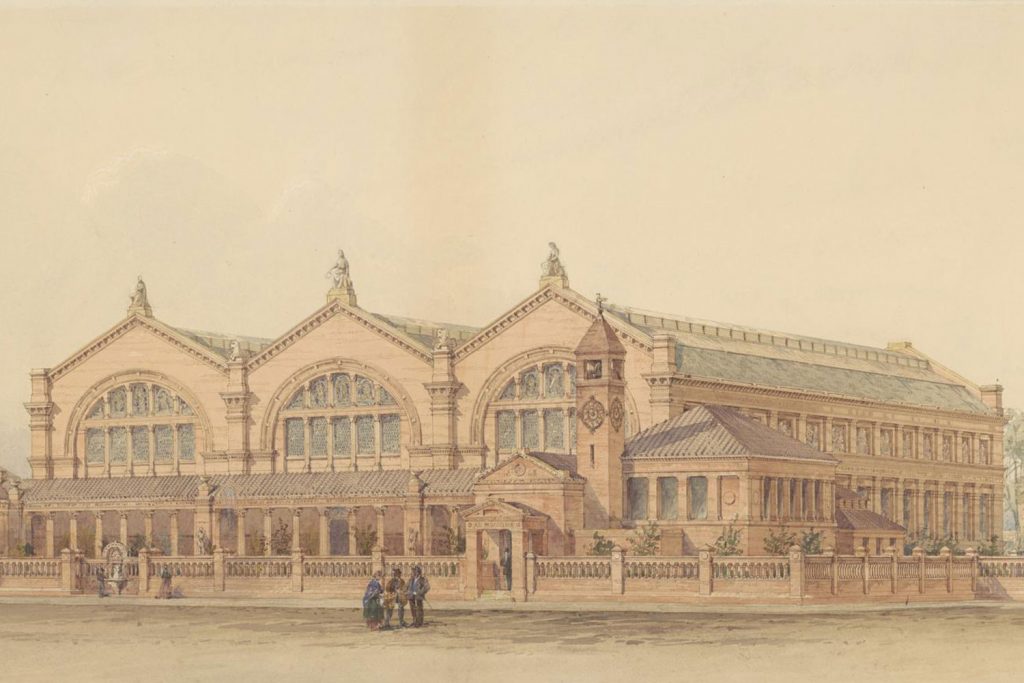
1851 also marked the year of the hugely important Great Exhibition, master-minded by Prince Albert and Henry Cole. Crystal Palace was erected in Hyde Park to display goods and inventions from all over the nation.
The success of the Exhibition created enough profits to fund the purchase of new land for a permanent Museum in Brompton that eventually became the V & A. Henry Cole was put in charge of an organisation called The Department of Practical Arts to continue the work of the Exhibition.
The Department thought there should be similar museums in north, east and south London and in 1864 put the idea to each district. Only those in Bethnal Green were interested and in 1868, with J W Wild as architect, construction on the plot at Bethnal Green began.
The work was carried out by S Perry and Company, led by Colonel Henry Scott, an officer of the Royal Engineers. The Prince of Wales opened the Bethnal Green Museum on 24 June 1872.
Wild had originally designed a garden, clock tower and library amongst other features, however, due to the lack of funds, the final structure was less grand, the east and west facades being among the original design elements that remained.
Female inmates of Woking Gaol laid the fish scale pattern marble floor and F W Moody designed the murals in the north and south exterior walls as educational pieces. The murals on the south wall depict agricultural scenes whilst those on the north depict art and industry. These murals, following the style of those in the main quadrangle at the South Kensington site, were created with the assistance of female students of the South Kensington Museum Mosaic Class.
Other than being a vehicle to bring an awareness of Britain’s cultural heritage to the East End, the Bethnal Green Museum’s purpose was ill-defined and it was not originally associated with children. Much of the items it displayed originally are now part of the Wallace Collection.
East London’s V&A Museum during the World Wars
The museum closed down during the First World War in order to protect the exhibits. In 1922, however, Arthur Sabin became head curator and was instructed to reorganise the museum.
When he noticed that the museum was often filled with bored, noisy children he tried to make it more child-friendly. He started to source child-related objects, a project in which Queen Mary (the wife of King George V) joined him, donating many of her own toys (the Royal Family had been storing gifts in the Museum for some years). Other donors followed.
During the Second World War and until 1950, the museum operated as a British Canteen, for feeding the public. When it re-opened, a collection of childhood-related objects were displayed again next to the V&A circulation department’s exhibitions.
Over the following 23 years, this area of the collection became extremely popular. After Roy Strong became director of the V&A in 1973, he arranged for the Bethnal Green Museum to reopen in 1974 with a new name, the Museum of Childhood.
The birth of a Museum of Childhood
All childhood-related collections held at the South Kensington site came to Bethnal Green and all non-childhood related objects at Bethnal Green went to South Kensington. Meanwhile, the Museum’s childhood collection continued to grow.
No investment had been put into the building’s structure since its 1872 opening and as the Museum entered into the 21st century it was very much in need of attention.
The turn of the 21st century bought a new Director to the Museum of Childhood, Diane Lees (dir. 2000-2008) who was asked to update the building. The architect was Caruso St John who added a new extension, entrance and gallery.
A new look for the V&A Childhood Museum
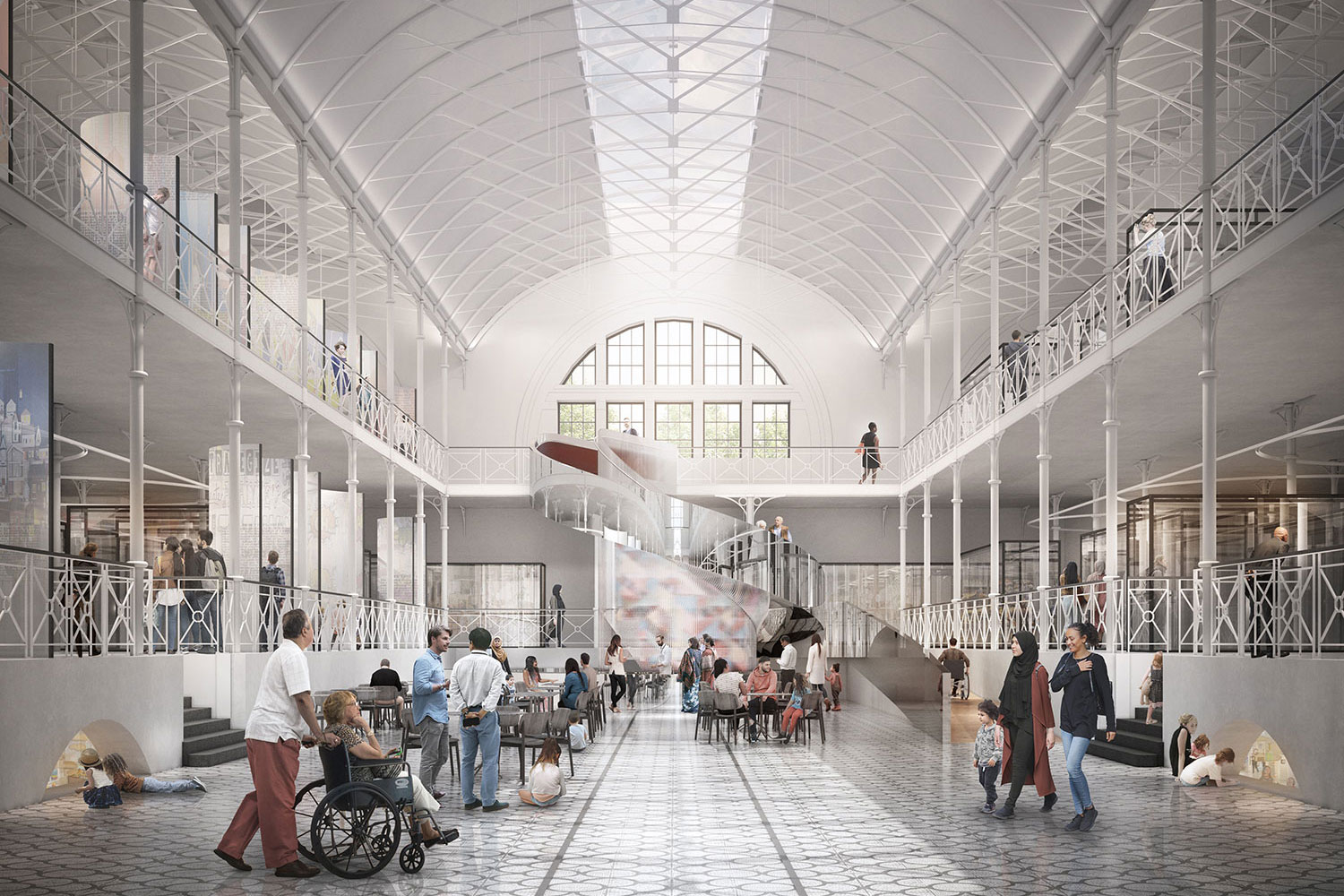
Now in 2018 the Museum is undertaking a consultation for a planned refurbishment, restoring some of the older parts of the museum and adapting some of the more modern areas to make them more accessible to the public.
However, whatever the future brings for the Museum it will certainly remain a source of delight for local children and adults: a fitting role for a Museum built on what was once common land belonging to the people of Bethnal Green.

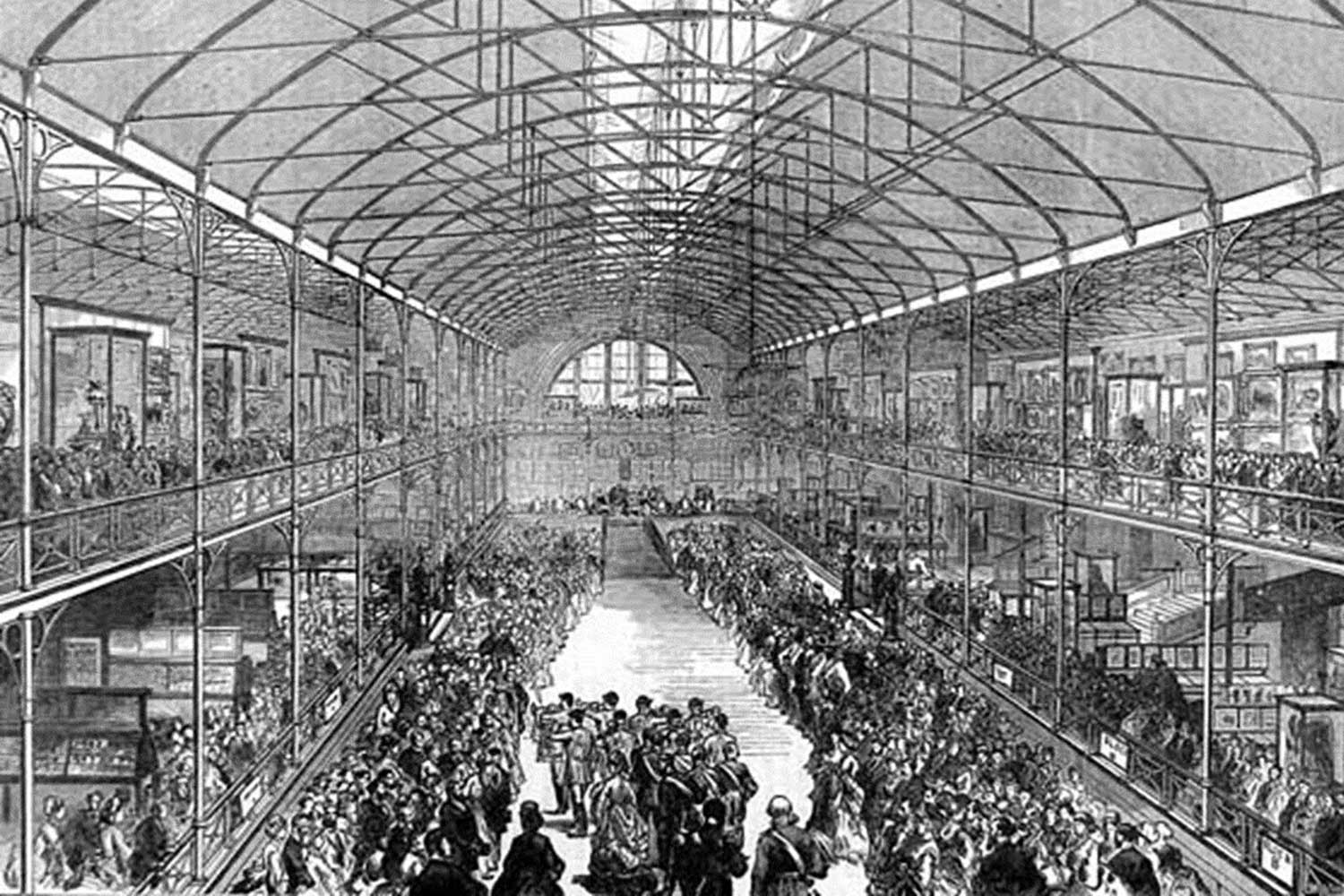
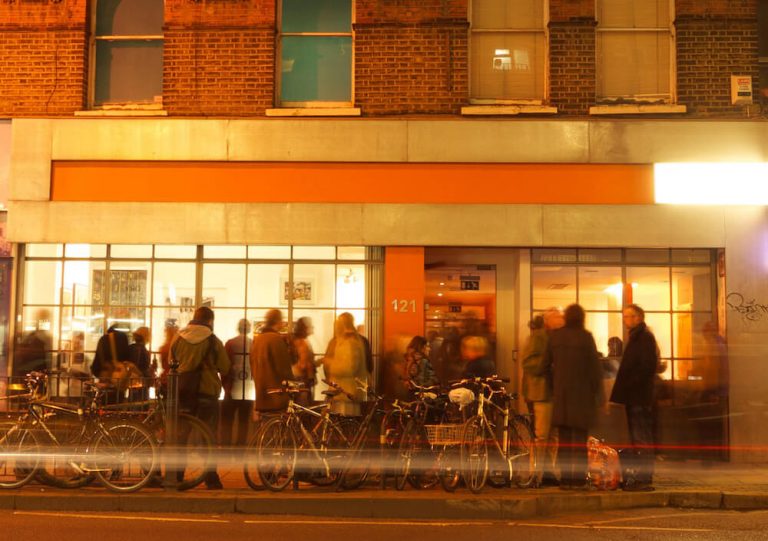
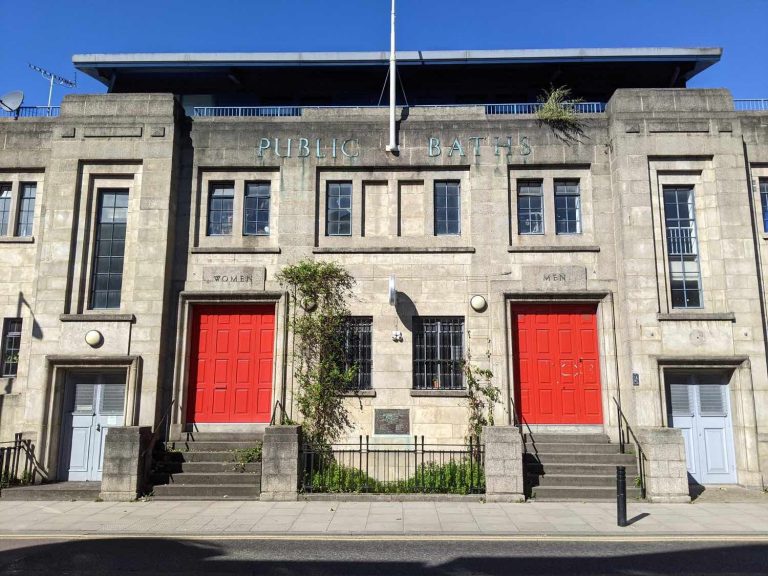
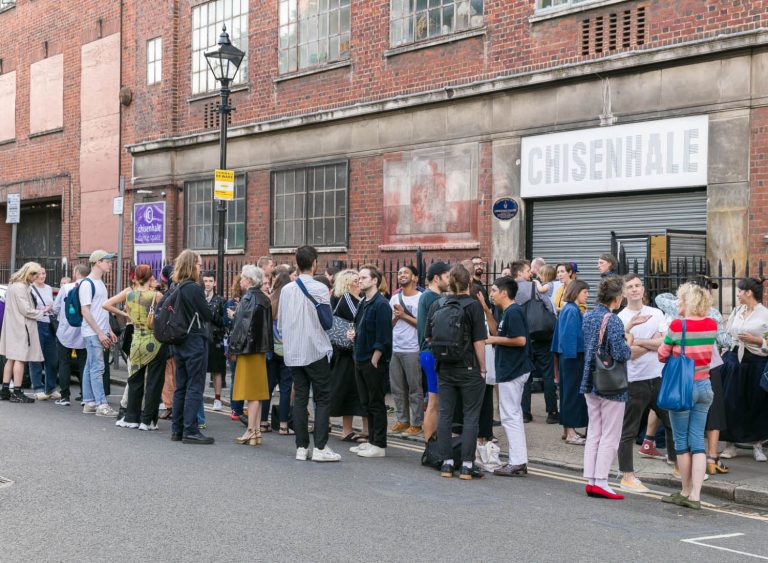
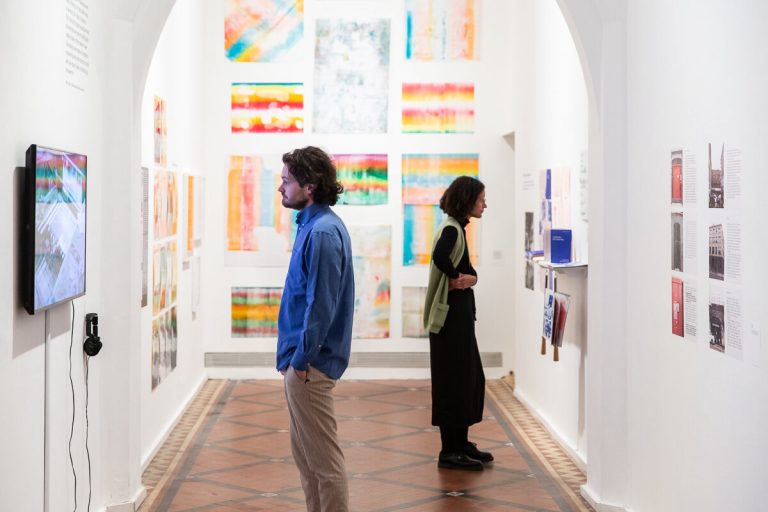
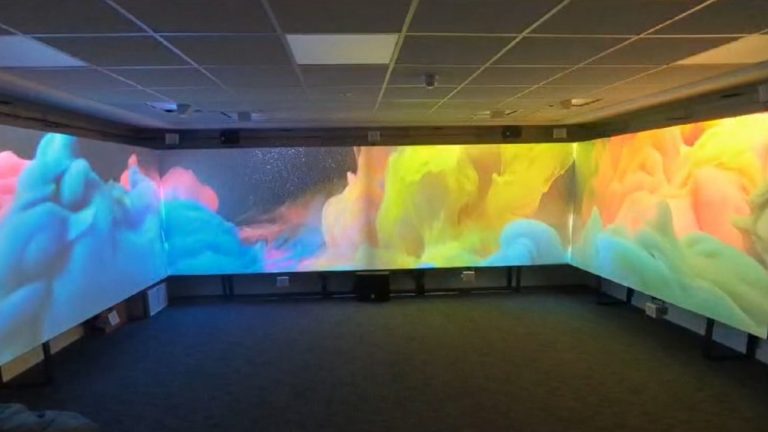
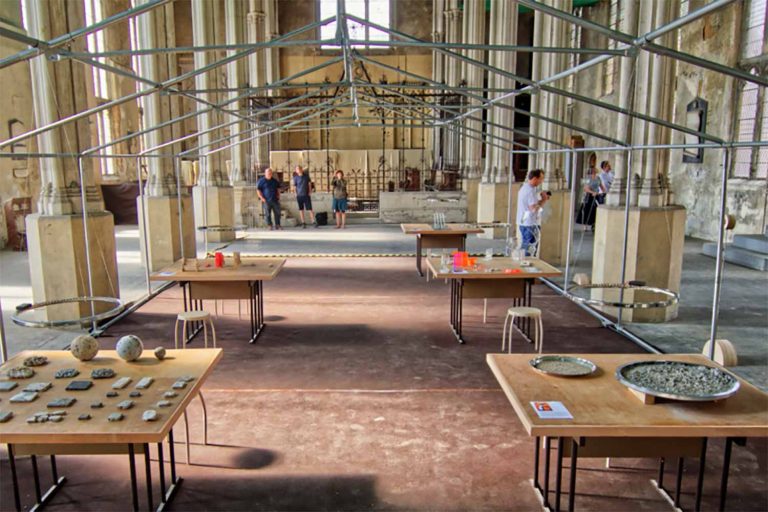

Thank you for the information – really interesting. Good luck with your project!